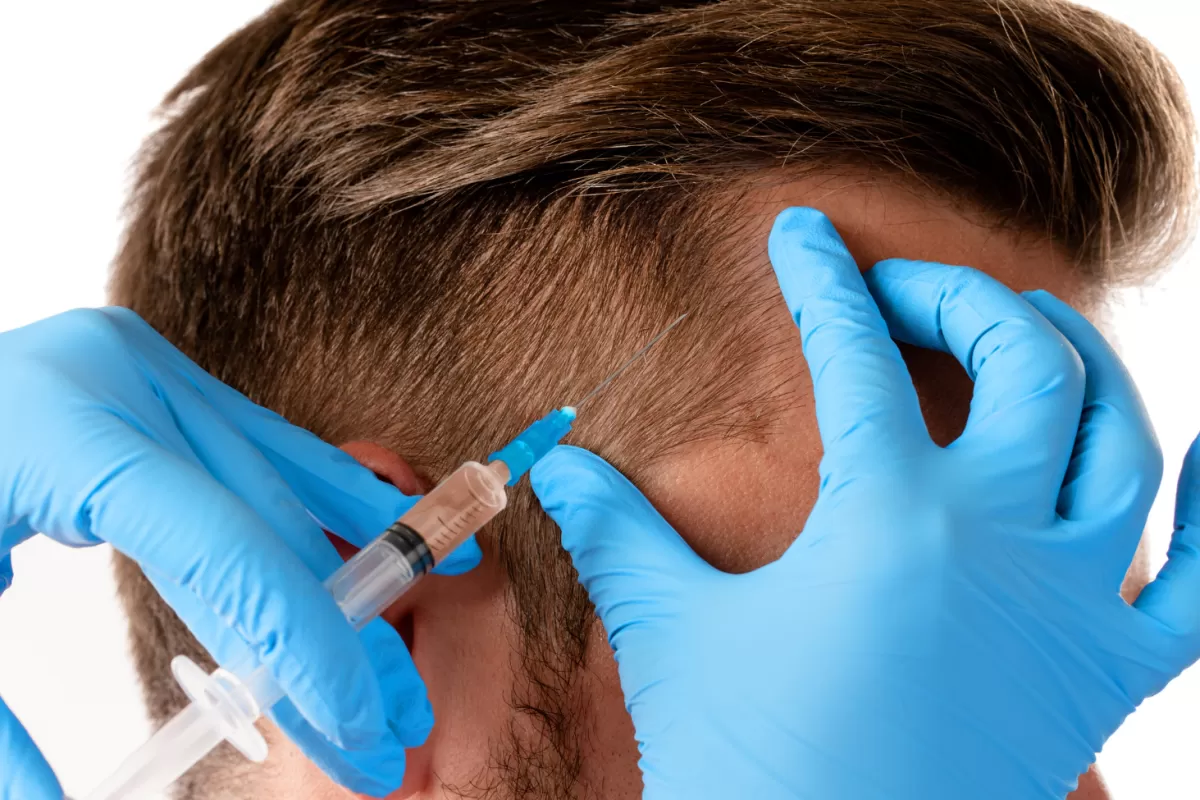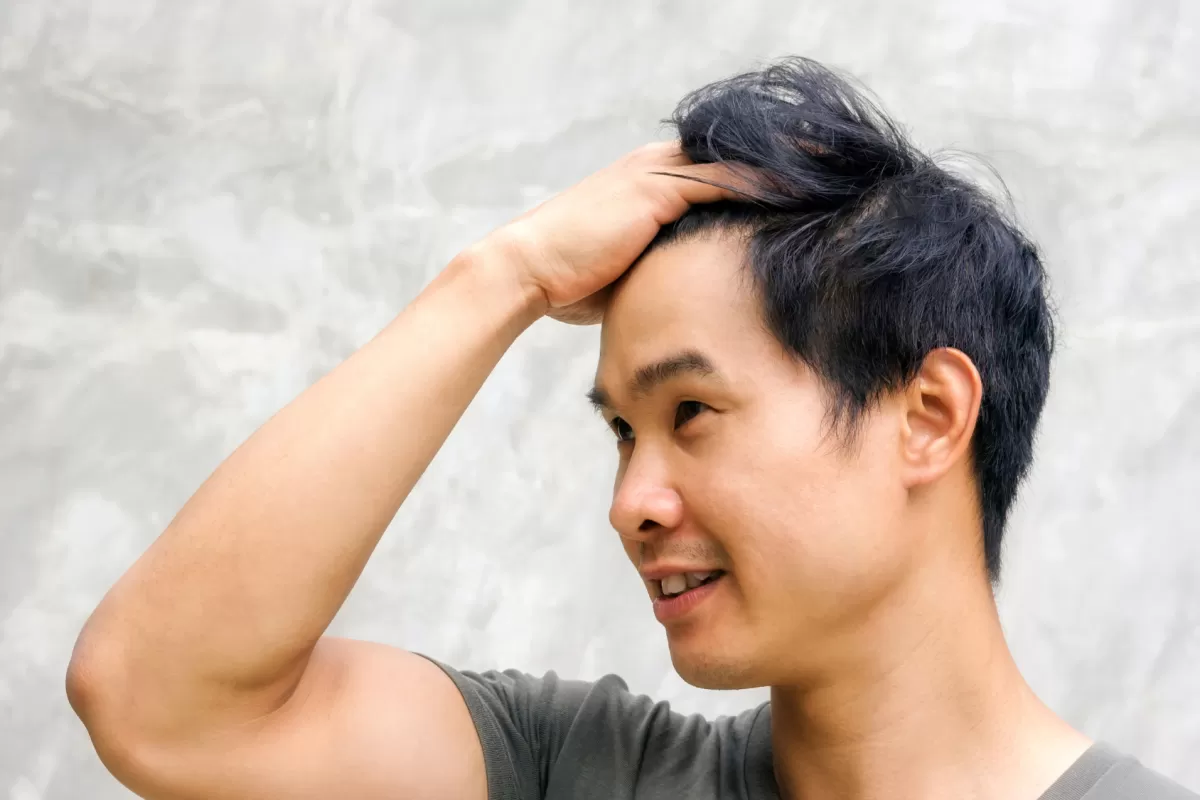Hair Loss 101 – What is Hair loss?

What Is Hair Loss?
Hair loss affects more than half of men aged over 50 and is commonly experienced by older adults from the age of 30. It may only affect your scalp hair but can also affect the entire body.
Hair shedding is entirely normal – it is estimated that the human scalp sheds between 50 to 100 hairs per day during the hair growth cycle. However, when new hair does not replace the hair that was lost during this process, hair loss can occur. Hair loss can happen gradually as you age, or suddenly in a matter of days or weeks. Some types of hair loss are permanent, while others are only temporary.
While counting how many hairs you are losing is impossible, you might notice your hair loss through gradual thinning or balding, or by the large volume of hair shed when you wash or brush it. Hair loss can have a variety of causes such as:
- Genetics
- Conditions and illnesses
- Medications
- Hairstyling methods
- Hair treatments
- Hormonal changes
- Stress and shock associated with life events
Common Causes of Hair Loss
Alopecia areata – this type of hair loss is an autoimmune condition. The disorder causes the immune system to attack healthy hairs, causing hair loss and preventing new growth. Hair loss from alopecia areata is characterised by hair falling out in patches. It can start suddenly, and the hair shedding is not painful. It may include the eyebrows and beard, and extend to the whole body
Anagen effluvium – this is a rapid kind of hair loss that is the result of medical treatment. Medications such as chemotherapy, which kills cancer cells, may also stunt hair follicle production. After chemotherapy has finished, the hair will usually grow back
Androgenetic alopecia – also known as male pattern baldness or female pattern baldness; this is the most common type of hair loss. Androgenetic alopecia is a hereditary condition that can be passed down via the ‘baldness gene’, but it can be treated with medication, or reversed to a degree, with surgery. Male pattern baldness occurs gradually with age. It can start with a receding hairline at the forehead, as well as hair loss at the crown and temple. Female hair loss is characterised by the slow thinning around the scalp, rather than a receding hairline
Cicatricial alopecia – also known as scarring alopecia, this rare kind of hair loss is caused by inflammation that results in the destruction of hair follicles and the formation of scar tissue. Hair cannot regrow where scar tissue has formed
Telogen effluvium – this type of hair loss can be triggered by medical conditions and events, including thyroid imbalances, surgery or childbirth. It can also be caused by mineral deficiency and certain medications. Telogen effluvium is characterised by the loss of around 300 to 500 hairs per day, and thinning around the crown and temples
Tinea capitis – also referred to as ringworm, tinea capitis is a fungal scalp infection that causes a type of hair loss characterised by the appearance of scaly bald spots or patches
Unsure about what is causing your hair loss? You’re not alone!
Contact our team today to book a consultation with our hair physician on 02 5119 3898 or contact@rclinic.com.au

